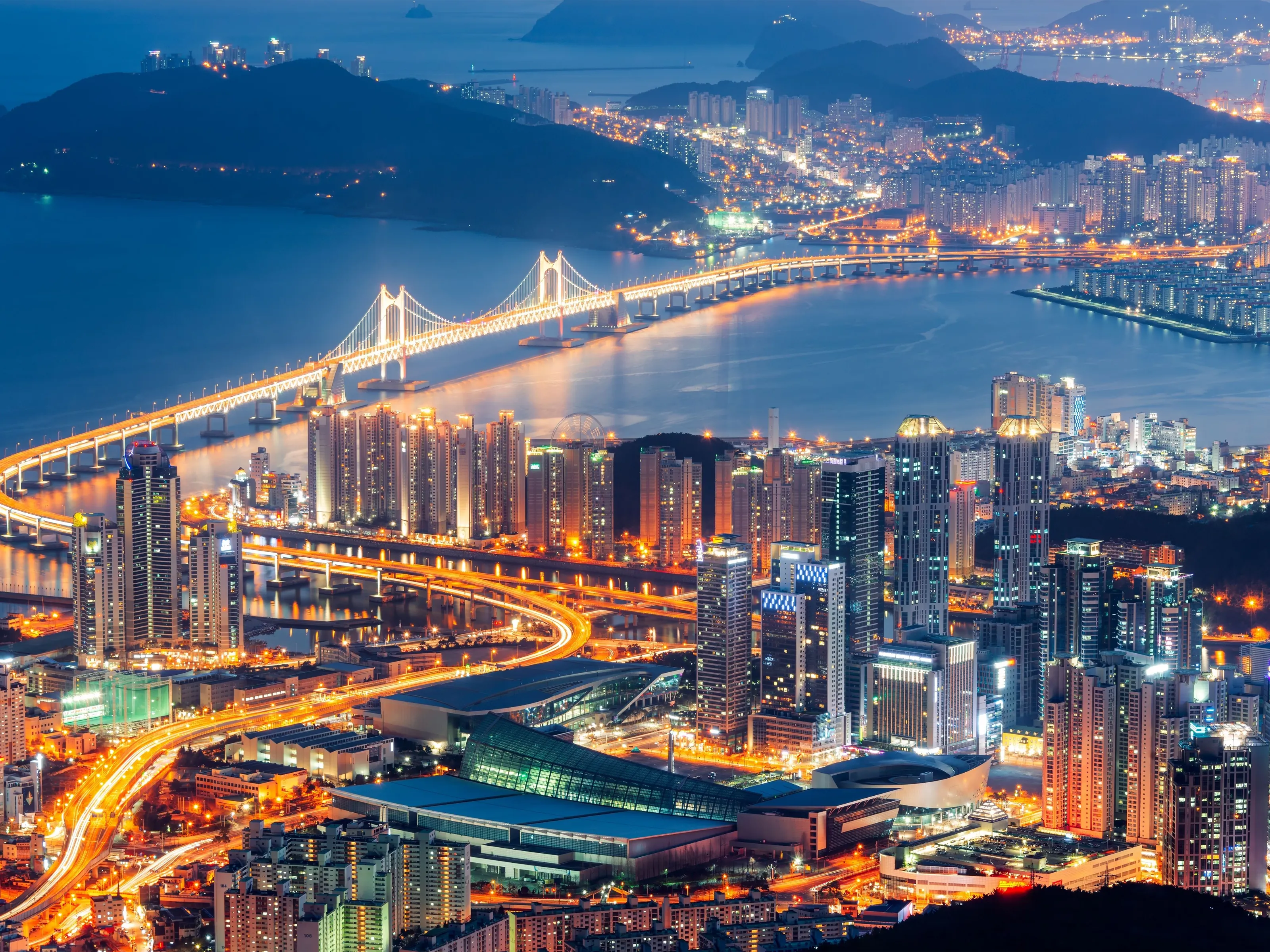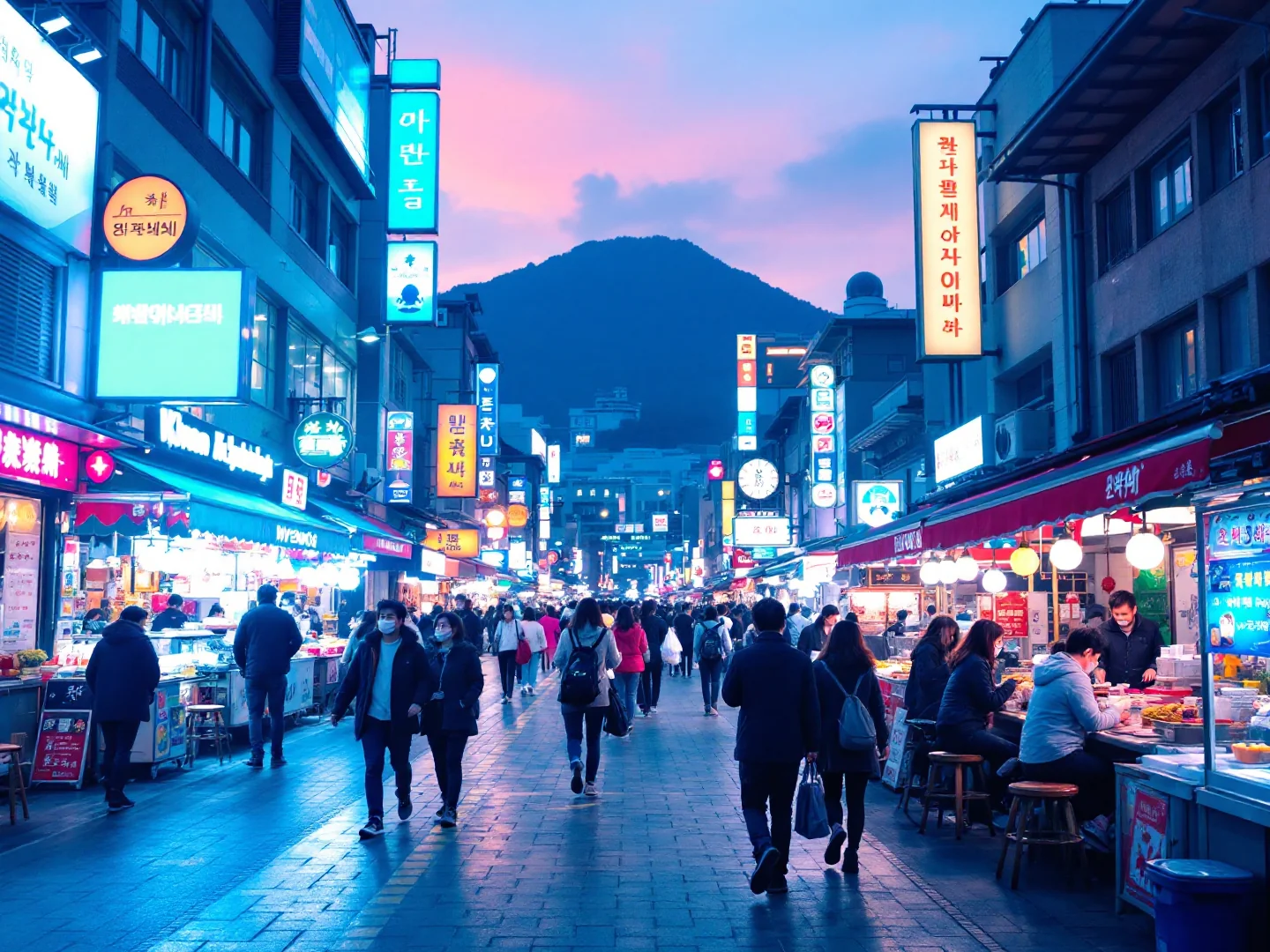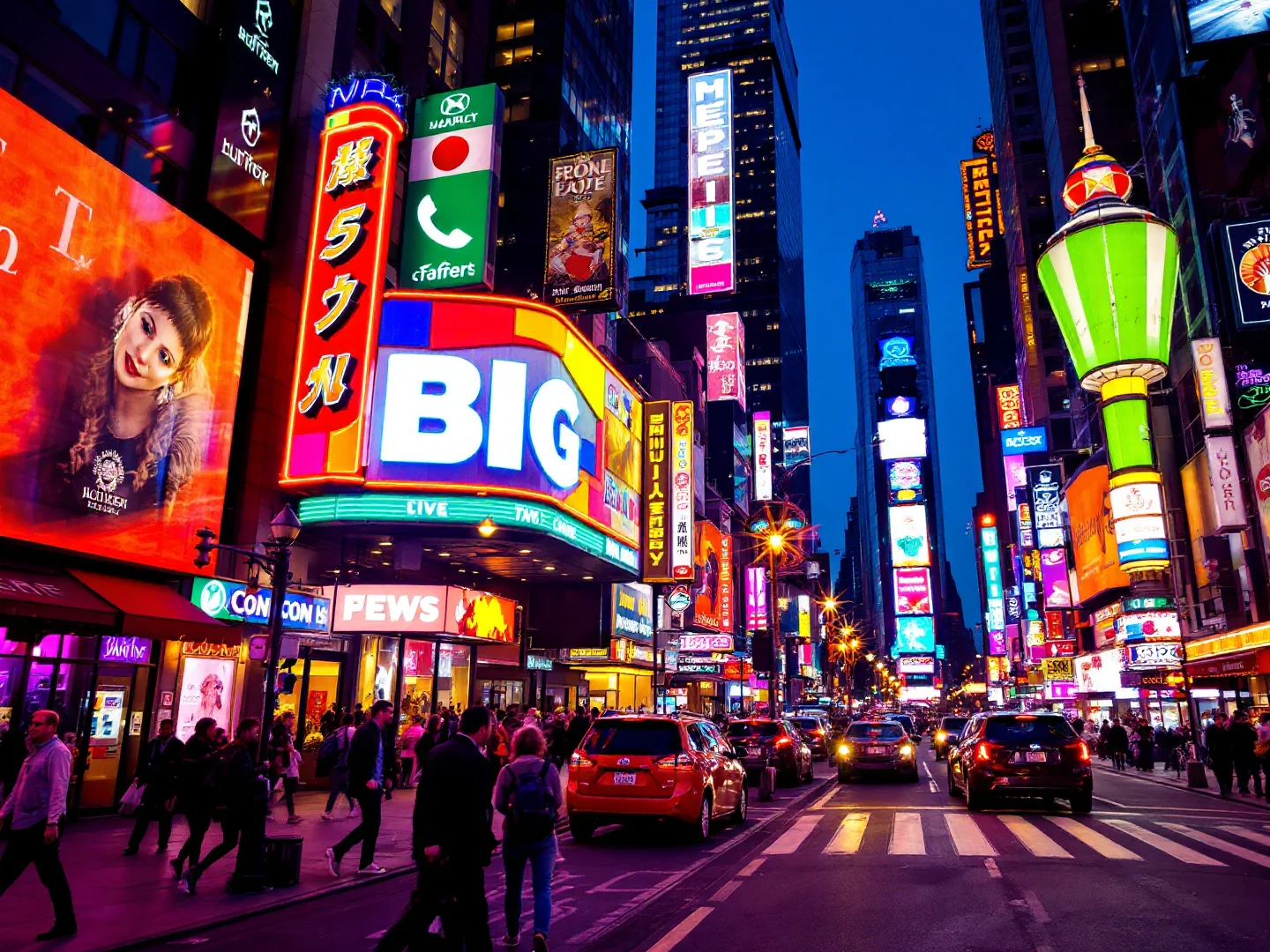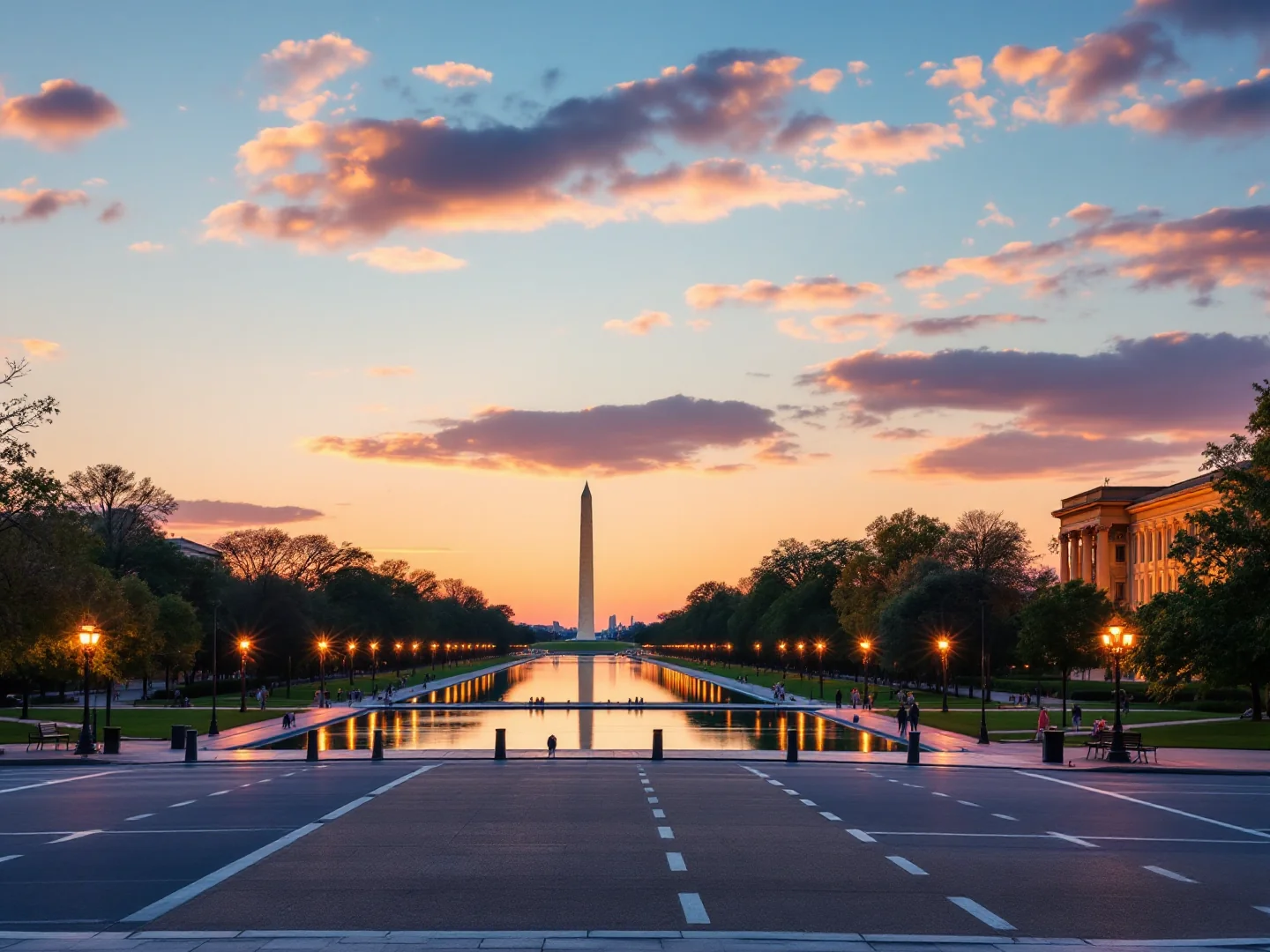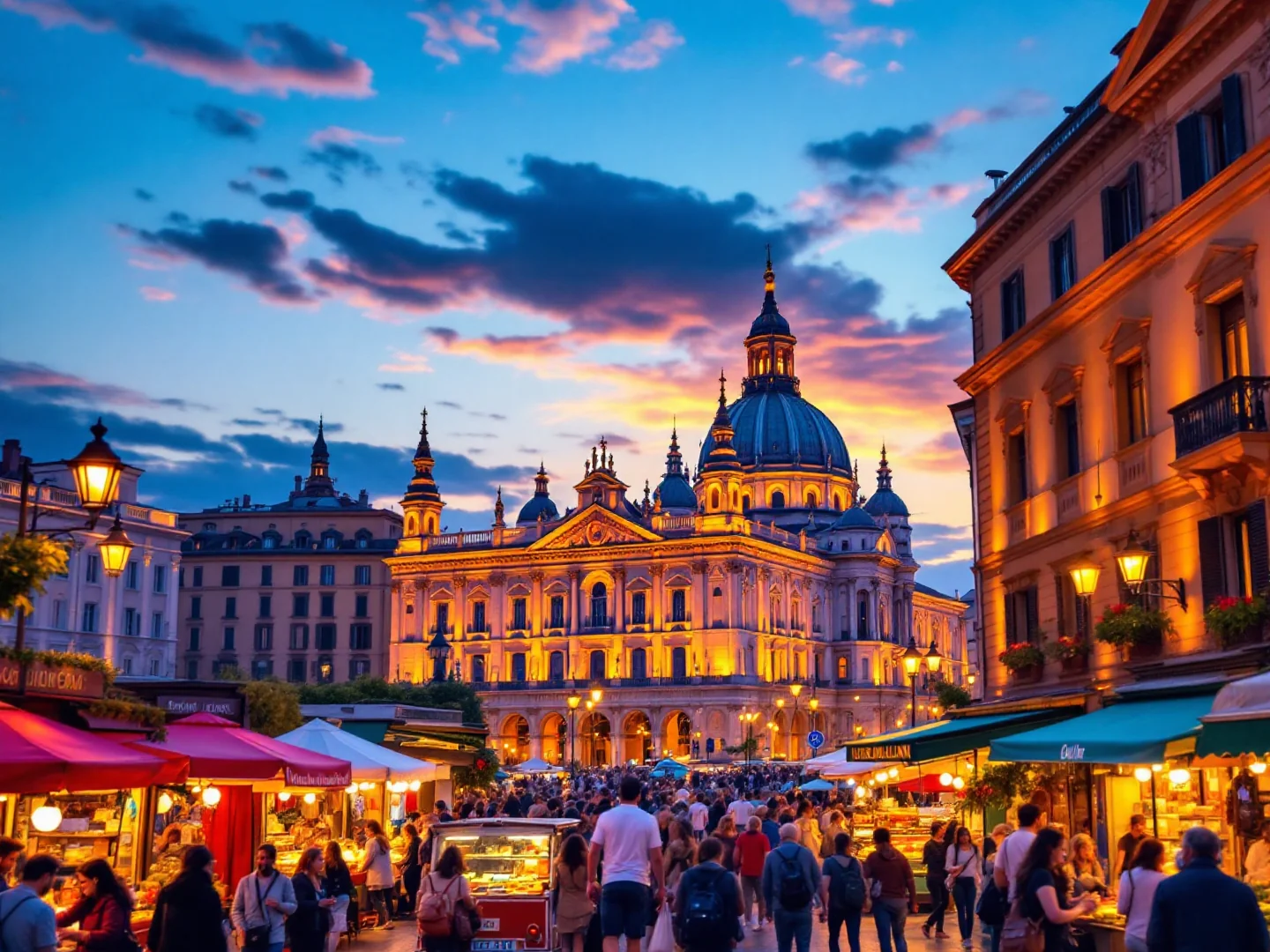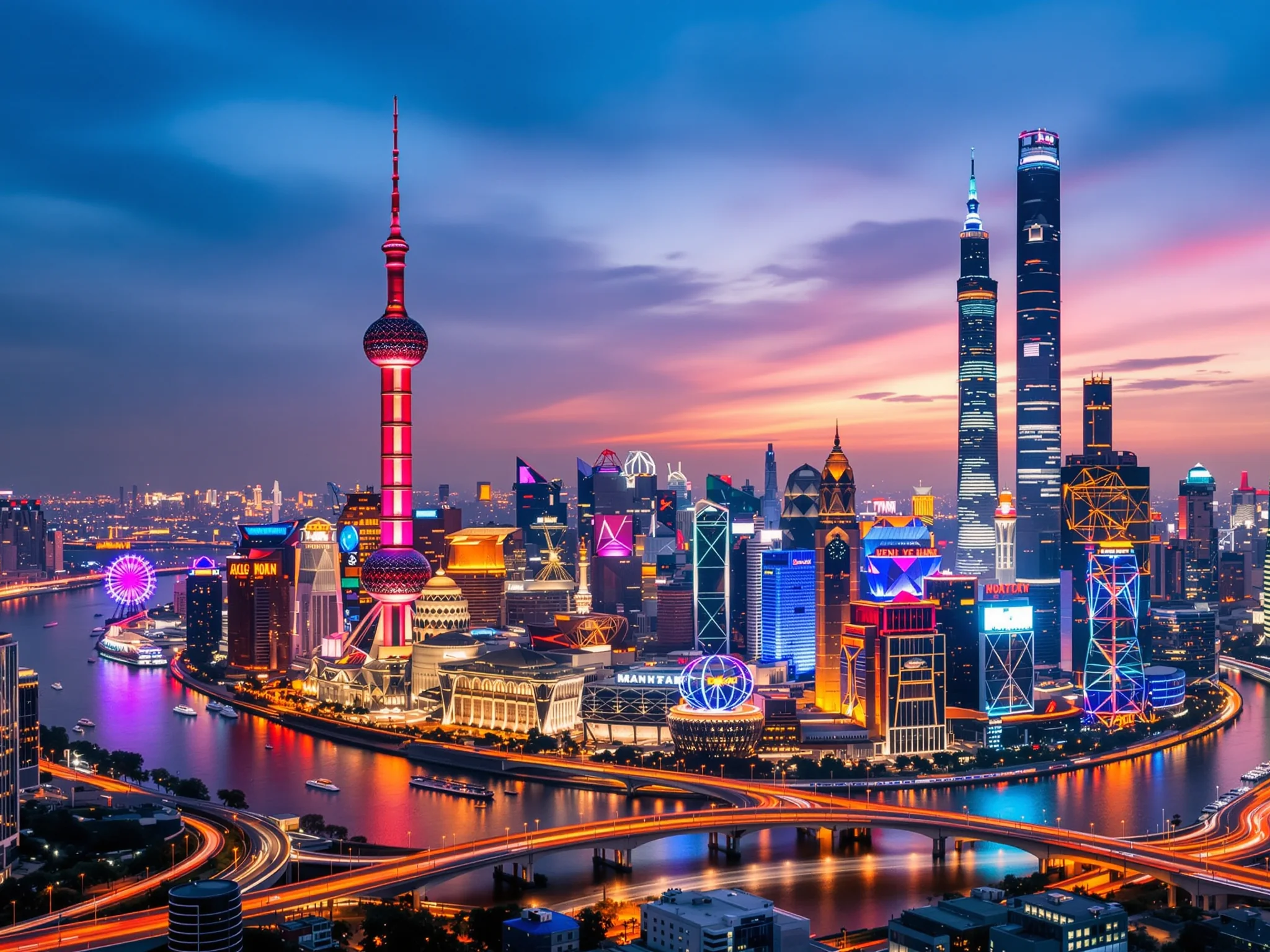Why Visit Beijing?
Beijing commands as China's imperial heart where the Forbidden City's 980 vermillion-walled buildings sprawl across 72 hectares—the world's largest palace complex housing 24 emperors across 500 years—while north of the city, the Great Wall snakes across mountain ridges in a stone dragon stretching over 20,000 km in total, with several thousand kilometers from the Ming dynasty alone, built to repel northern invaders over 2,000 years. China's capital (about 22 million residents in the municipality, around 22-23 million in the wider metro area) layers millennia: from hutong alleyways where Beijing natives sip baijiu in courtyard homes predating the Cultural Revolution, to Tiananmen Square's 440,000 square meters displaying Mao's portrait and tomb, to Olympic stadiums (Bird's Nest, Water Cube) showcasing 21st-century ambitions. The Forbidden City (Palace Museum) overwhelms with scale—enter through Tiananmen Gate (where Mao proclaimed the People's Republic 1949), cross moat and gates to throne halls where dragon-carved marble ramps carried emperors' palanquins, then wander endless courtyards discovering Imperial Gardens, clock museums, and Nine Dragon Screen.
Yet Beijing's soul extends beyond monuments: Temple of Heaven's circular blue-tiled altar where Ming emperors prayed for harvests still hosts morning tai chi practitioners, while Summer Palace's Kunming Lake and Long Corridor (728m painted with 14,000 scenes) offered Qing Dynasty emperors escape from Forbidden City's formality. The Great Wall demands a day—Mutianyu section (2.5hrs north, ¥45 entry + ¥100 cable car) balances restoration with authentic wall-walking, Jiankou offers wild unrestored hiking for adventurers, while Badaling (closest, 1.5hrs) suffers Disney-level crowds. Hutongs—Beijing's historic alleyways—preserve old Beijing: cycle rickshaw tours navigate Nanluoguxiang's boutique-lined lane, while Gulou (Drum Tower) area's backstreets hide family-run restaurants serving zhajiangmian (Beijing noodles) and jianbingguozi (breakfast crepes).
Food defines Beijing: Peking duck at Quanjude or Da Dong (¥300-500/$42–$70 whole duck, carved tableside), lamb hotpot in winter, jiaozi (dumplings) at Baoyuan, and street snacks at Wangfujing Night Market (though increasingly touristy—scorpions on sticks!). Modern Beijing balances tradition: 798 Art District transforms Bauhaus factories into galleries, Sanlitun offers Apple Store-anchored shopping and nightlife, while CBD towers rival any global city. Day trips reach Ming Tombs (paired with Great Wall), or high-speed trains zoom to Xi'an's Terracotta Warriors (5.5hrs).
With 240-hour (10-day) visa-free transit for 55 countries when transiting to a third country, Beijing Metro's 27-29 lines covering over 500 stations, WeChat Pay dominating payments (foreigners can link cards but setup is tricky), and English signage improving but still limited outside tourist zones, Beijing delivers China's most historically rich experience—where emperors' palaces meet communist monuments, hutong bicycle tours lead to Michelin-starred duck restaurants, and the Great Wall's ancient stones stretch toward horizons that have witnessed 3,000 years of Chinese civilization.
What to Do
Imperial Beijing
Forbidden City
World's largest palace complex with 980 buildings spanning 72 hectares. Enter through Tiananmen Gate where Mao proclaimed the People's Republic in 1949. Explore throne halls with dragon-carved marble, Imperial Gardens, and endless courtyards. Buy tickets online days in advance (¥60)—sells out in peak season. Spend 3-4 hours minimum. Best early morning (8am opening) or late afternoon to avoid tour groups.
Temple of Heaven
Circular blue-tiled altar where Ming emperors prayed for harvests. Arrive early (6-7am) to watch locals practicing tai chi in the surrounding park. The Echo Wall and Hall of Prayer for Good Harvests are architectural marvels. Park entry 10-15 RMB depending on season, or about 34 RMB for a combo ticket that includes all main halls (Hall of Prayer, Circular Mound Altar, Echo Wall). Less crowded than Forbidden City but equally impressive—UNESCO World Heritage site covering 2.7 square kilometers.
Summer Palace
Imperial garden retreat covering 2.9 square kilometers around Kunming Lake. Walk the Long Corridor (728 meters painted with 14,000 scenes), see the Marble Boat, and explore hilltop temples. Entry 30 RMB base (20 RMB off-season), or about 60 RMB for combo ticket including extra halls and galleries. Go morning or late afternoon; rent a paddle boat on the lake if weather is nice. Allow 3-4 hours. Peaceful escape from Forbidden City crowds.
The Great Wall
Mutianyu Section
Best Great Wall section for first-timers—90km north, 2.5 hours by bus or tour. Well-restored but authentic, with cable car or chairlift (about 100 RMB one-way, 140 RMB round-trip) and optional toboggan ride down (fun!). Entry about 40-45 RMB. Arrive by 10am to beat afternoon tour groups. Bring water, sunscreen, and good hiking shoes—the wall is steep. Less crowded than Badaling but still accessible. Most tours pair this with Ming Tombs.
Badaling Section
Closest section (70km, 1.5 hours) but suffers Disney-level crowds, especially 10am-3pm. Train S2 from Huangtuo or bus 877 make it easiest for independent travelers. Entry about 40 RMB (35 RMB off-season). If you go, arrive right at opening (7:30am summer, 8am winter) or after 4pm. Very commercialized but most accessible—wheelchair-friendly sections available.
Jiankou Wild Wall
For adventurers: unrestored, crumbling wild wall with dramatic views. Requires hiking stamina and a local guide (safety essential—some sections dangerous). No facilities, no crowds, incredible photos. Not for first-timers or those with mobility issues. Combine with Mutianyu—hike Jiankou then walk down to restored section.
Local Beijing Life
Hutong Alleys & Rickshaw Tours
Beijing's historic alleyways with courtyard homes dating back centuries. Take a bicycle rickshaw tour through Gulou (Drum Tower) area or Nanluoguxiang. Stop at a family home, see traditional courtyard architecture, and hear stories of old Beijing. Tours ¥100-150 for 2 hours. Or rent a bike and explore independently—get lost in the backstreets between Houhai Lake and Bell Tower. Best morning or late afternoon.
Peking Duck Experience
Beijing's signature dish—whole duck roasted until crispy, carved tableside. Quanjude (¥300-500/$42–$70) is the famous chain; Da Dong offers modern upscale version. Duck comes with thin pancakes, spring onions, and sweet bean sauce—wrap and eat. Book ahead for dinner. Local alternative: Siji Minfu for less touristy experience. Allow ¥300+ per person for full experience with appetizers.
798 Art District
Former military factory (Bauhaus-style from 1950s) transformed into contemporary art galleries, cafes, and studios. Free to wander. Mix of Chinese contemporary art, international exhibitions, sculpture gardens, and hipster cafes. Best on weekends when most galleries are open. Takes 2-3 hours. Good afternoon activity—combine with nearby Olympic Park (Bird's Nest stadium) if interested.
Gallery
Travel Information
Getting There
- Airports: PEK, PKX
Best Time to Visit
April, May, September, October
Climate: Moderate
Weather by Month
| Month | High | Low | Rainy days | Condition |
|---|---|---|---|---|
| January | 4°C | -6°C | 2 | Good |
| February | 7°C | -4°C | 4 | Good |
| March | 16°C | 1°C | 5 | Good |
| April | 22°C | 8°C | 2 | Excellent (best) |
| May | 27°C | 14°C | 5 | Excellent (best) |
| June | 33°C | 21°C | 3 | Good |
| July | 31°C | 21°C | 11 | Good |
| August | 30°C | 22°C | 10 | Good |
| September | 26°C | 16°C | 7 | Excellent (best) |
| October | 19°C | 7°C | 1 | Excellent (best) |
| November | 11°C | 1°C | 3 | Good |
| December | 2°C | -7°C | 0 | Good |
Weather data: Open-Meteo Archive (2020-2024) • Open-Meteo.com (CC BY 4.0) • Historical avg. 2020–2024
Budget
Excludes flights
Visa Requirements
Visa required
💡 🌍 Traveler Tip (November 2025): Best time to visit: April, May, September, October.
Practical Information
Getting There
Beijing Capital Airport (PEK) is 25km northeast—Airport Express to city ¥25/$3 (30min). Beijing Daxing Airport (PKX) is 45km south—Daxing Airport Express ¥35/$5 (40min). Taxis ¥100-150/$13–$21 (45min-1hr, negotiate or meter). DiDi app (Chinese Uber) ¥80-120/$11–$16 High-speed trains from Shanghai (4.5hrs, ¥550/$73), Xi'an (5hrs), Tianjin (30min). Most international flights use PEK or PKX.
Getting Around
Beijing Metro: 27 lines, 450+ stations, incredibly efficient but huge. Fares ¥3-9/$0–$1 buy tokens or transport card. English signs. Taxis: cheap (¥13 start, ¥50-80/$6–$11 across city) but drivers don't speak English—use DiDi app (accepts foreign cards, English interface) or have address in Chinese. Buses confusing for tourists. Bikes everywhere but traffic crazy. Great Wall requires private tour or public bus (long). Metro + DiDi handles everything.
Money & Payments
Chinese Yuan (CNY, ¥). Exchange rates fluctuate—check a live converter (bank app/XE). China nearly cashless—WeChat Pay and Alipay dominate. Foreigners can link foreign cards (setup tricky but possible). Cash works but many prefer mobile pay. ATMs accept foreign cards (high fees). Credit cards at hotels, upscale places only. Bring some cash but expect mobile payment culture. Tipping not customary.
Language
Mandarin Chinese (Putonghua) official. Beijing dialect (Beijinghua) has strong 'r' sounds. English very limited—fewer English speakers than Shanghai. Hotel staff speak some English, taxi drivers don't. Translation apps essential (Google Translate offline mode). Metro has English, restaurants mostly don't. Learn: Nǐ hǎo (hello), Xièxiè (thank you), Bù yào (no thank you), Duōshao qián? (how much?). Prepare for significant language barriers.
Cultural Tips
Internet: Great Firewall blocks Google, Facebook, WhatsApp, Instagram, Twitter—install VPN before arrival (ExpressVPN, Astrill). WeChat essential (messaging, payments). Pollution: can be severe (wear mask if AQI over 150, common in winter). Spitting common (locals, not tourists). Queuing: push or get left behind. Smoking: banned indoors but enforced loosely. Squat toilets: bring tissue (not provided). Dining: slurp noodles okay, tea refills common, flag down waiters (no offense). Politics: NEVER discuss Tiananmen 1989, Tibet, Taiwan independence, Xinjiang, criticize government, or joke about Xi Jinping. No VPNs on public wifi (risky). Photos: avoid military, police, government buildings. Tiananmen Square: ID checks, security high, no bags. Bargaining: expected at markets (Silk Market, Pearl Market), not stores with tags. Staring: foreigners get stared at (curiosity). Personal space minimal—expect crowding. Punctuality valued. Remove shoes at homes. Beijing more traditional and less international than Shanghai—prepare for culture shock.
Perfect 4-Day Beijing Itinerary
Day 1: Forbidden City & Tiananmen
Day 2: Great Wall Day Trip
Day 3: Temples & Hutongs
Day 4: Summer Palace & Departure
Where to Stay in Beijing
Dongcheng (Forbidden City area)
Best for: Historic center, Forbidden City, Tiananmen, Wangfujing shopping, temples, tourist heart
Hutongs (Gulou, Nanluoguxiang)
Best for: Old Beijing alleys, courtyard homes, bike tours, local restaurants, authentic, charming
Chaoyang (CBD & 798)
Best for: Modern Beijing, Sanlitun nightlife, 798 Art District, shopping malls, expat-heavy
Xicheng (West of center)
Best for: Temple of Heaven, Houhai Lake bars, Beihai Park, quieter, parks, local vibe
Frequently Asked Questions
Do I need a visa to visit Beijing?
What is the best time to visit Beijing?
How much does a trip to Beijing cost per day?
Is Beijing safe for tourists?
How do I visit the Great Wall from Beijing?
Popular Activities
Top-rated tours and experiences in Beijing
Ready to Visit Beijing?
Book your flights, accommodation, and activities

